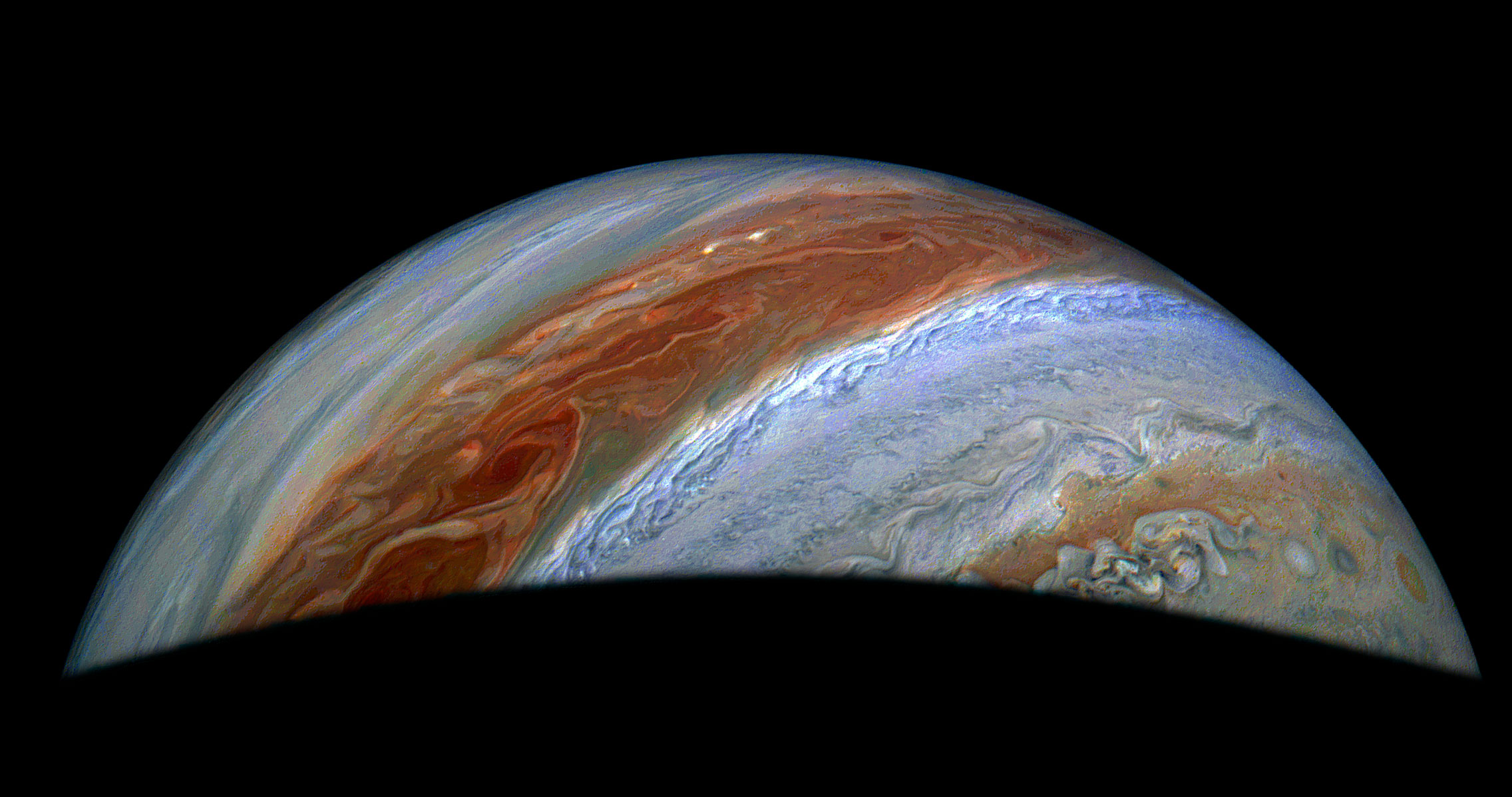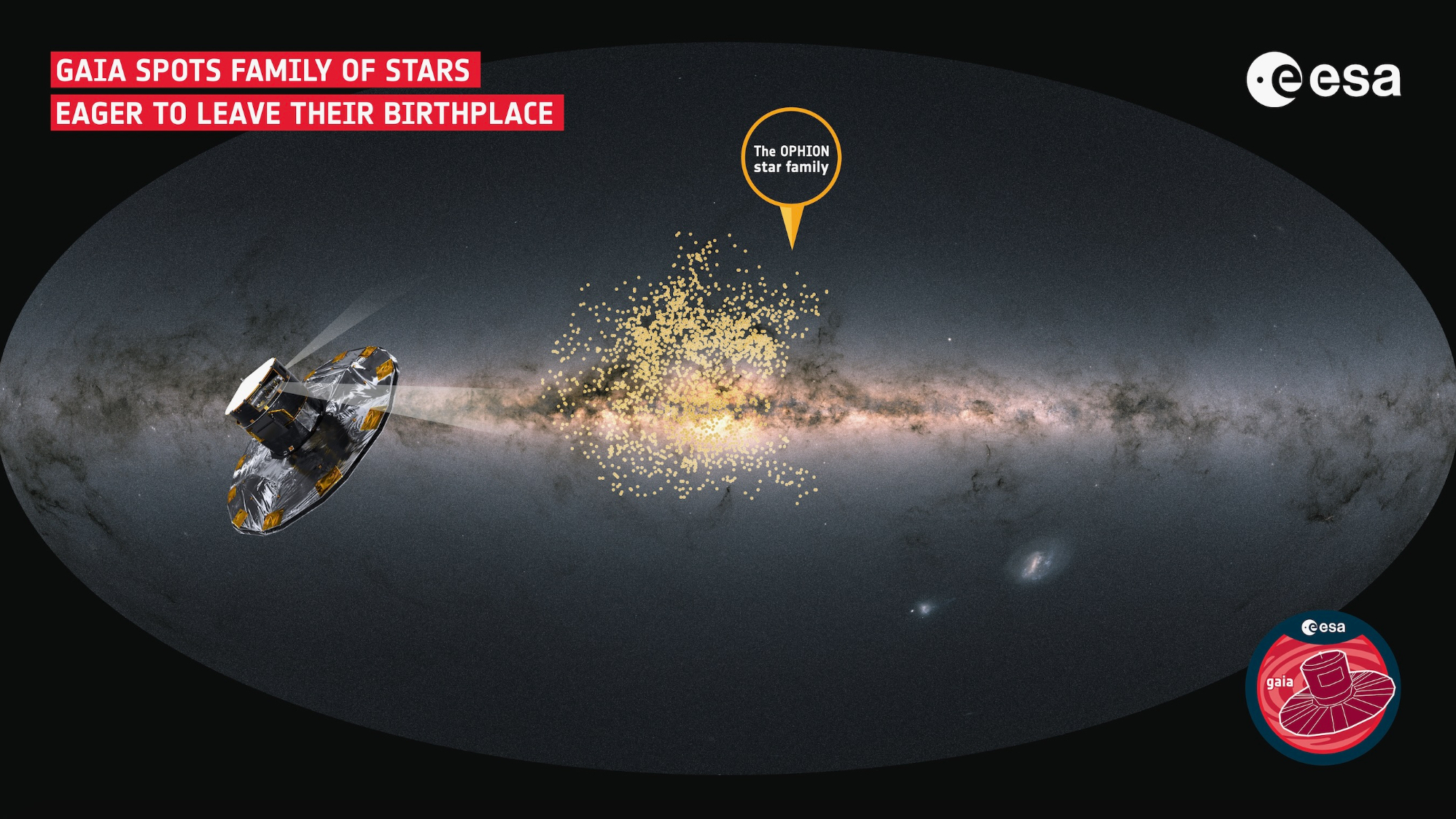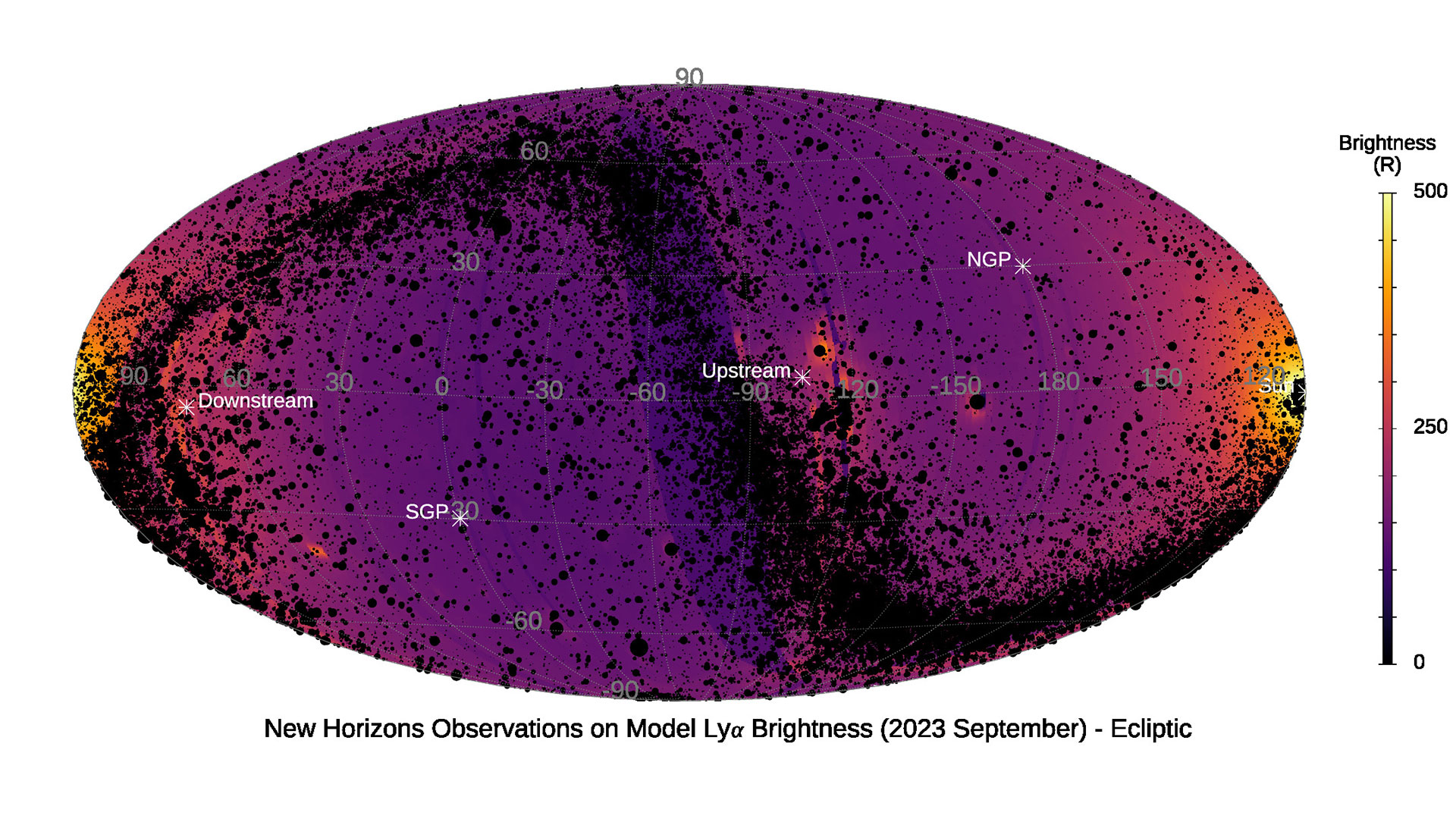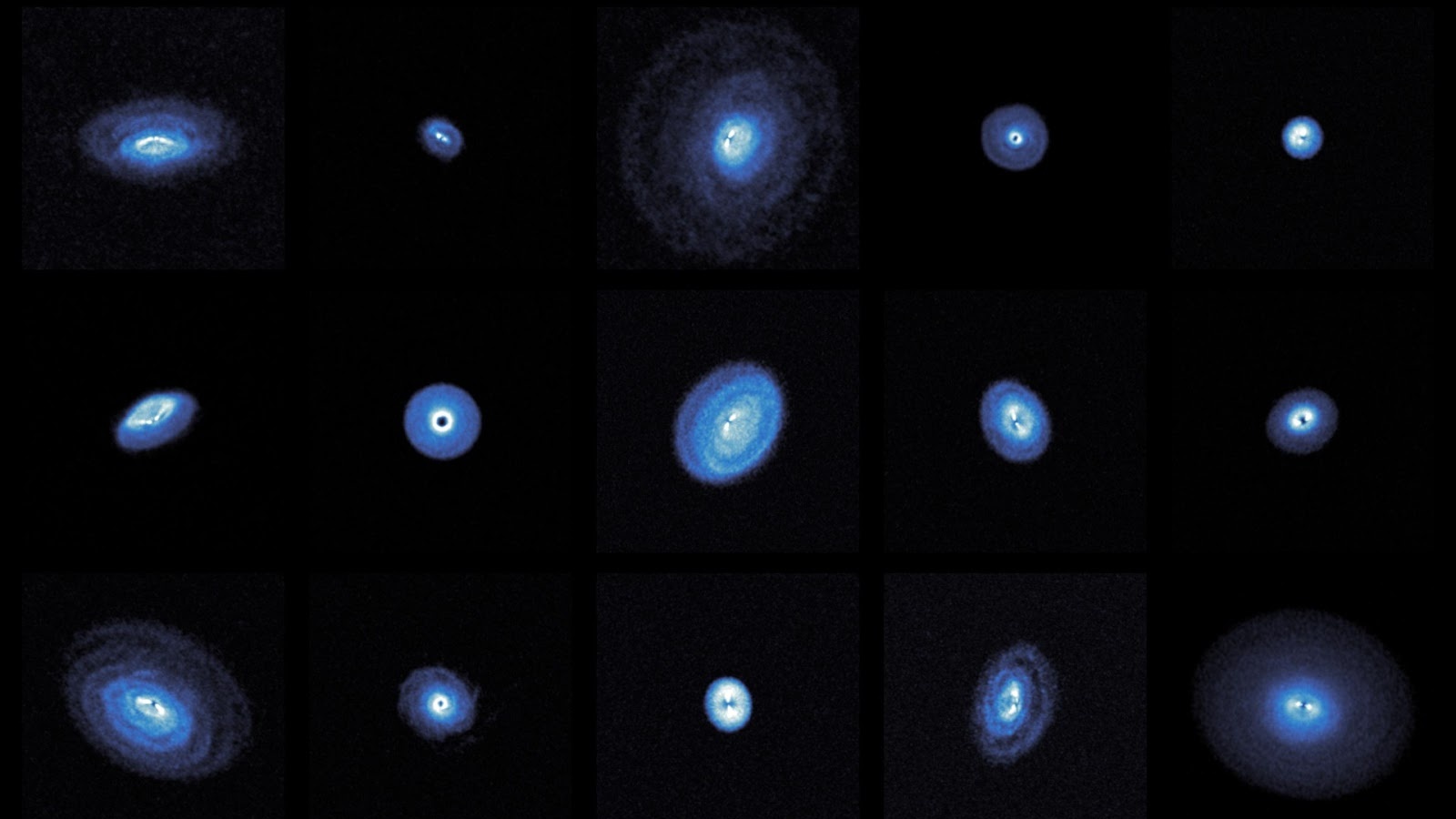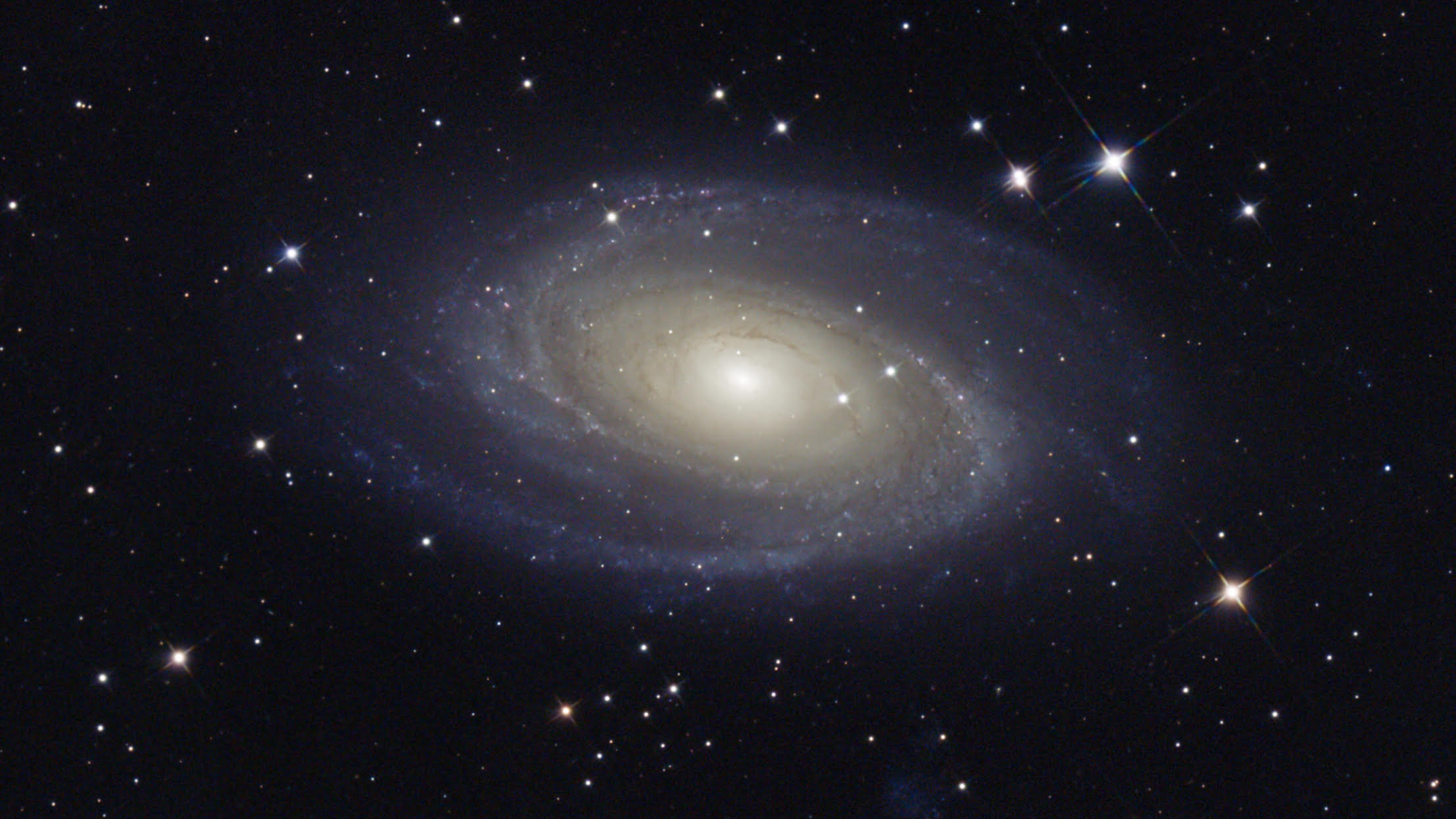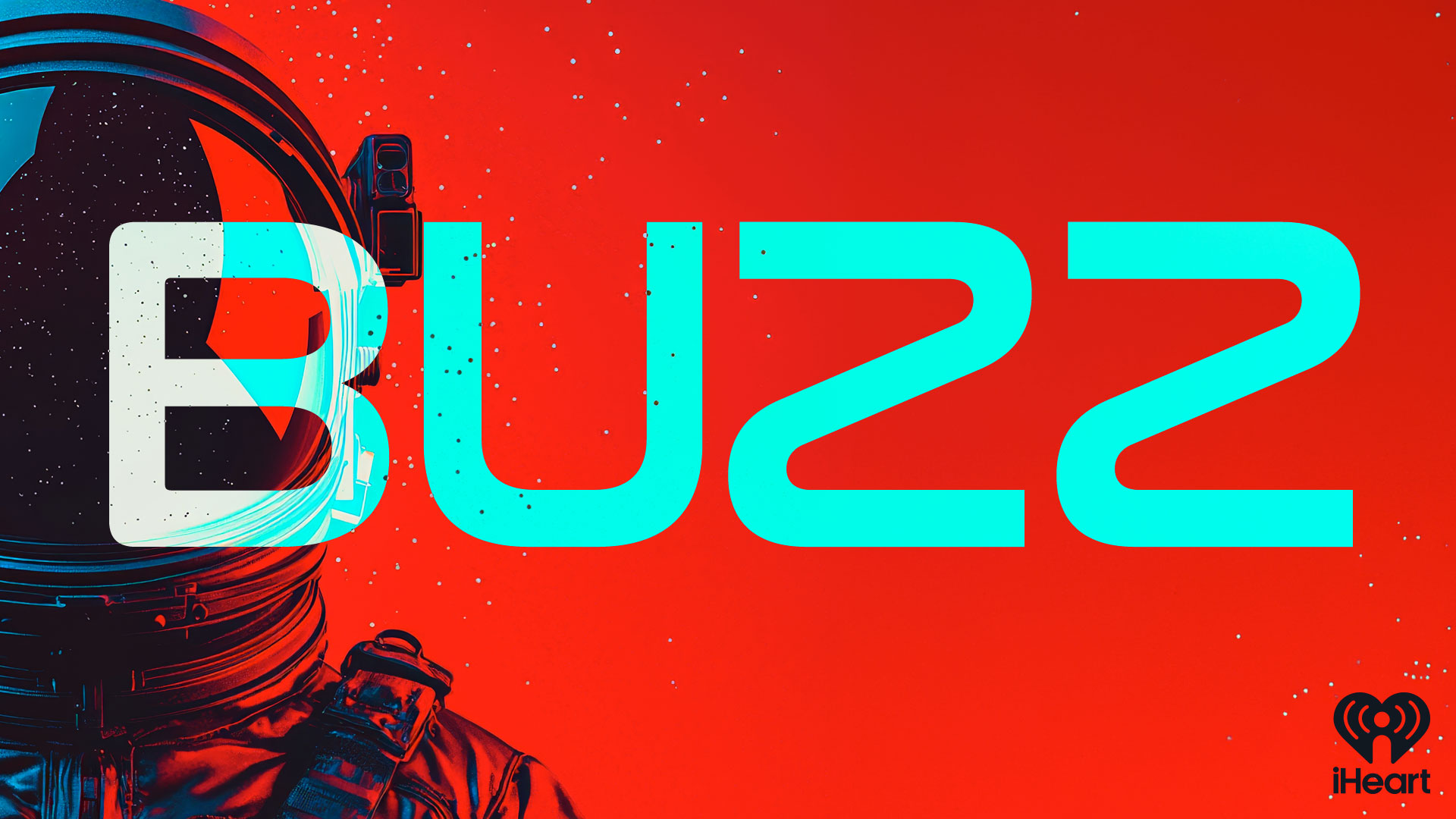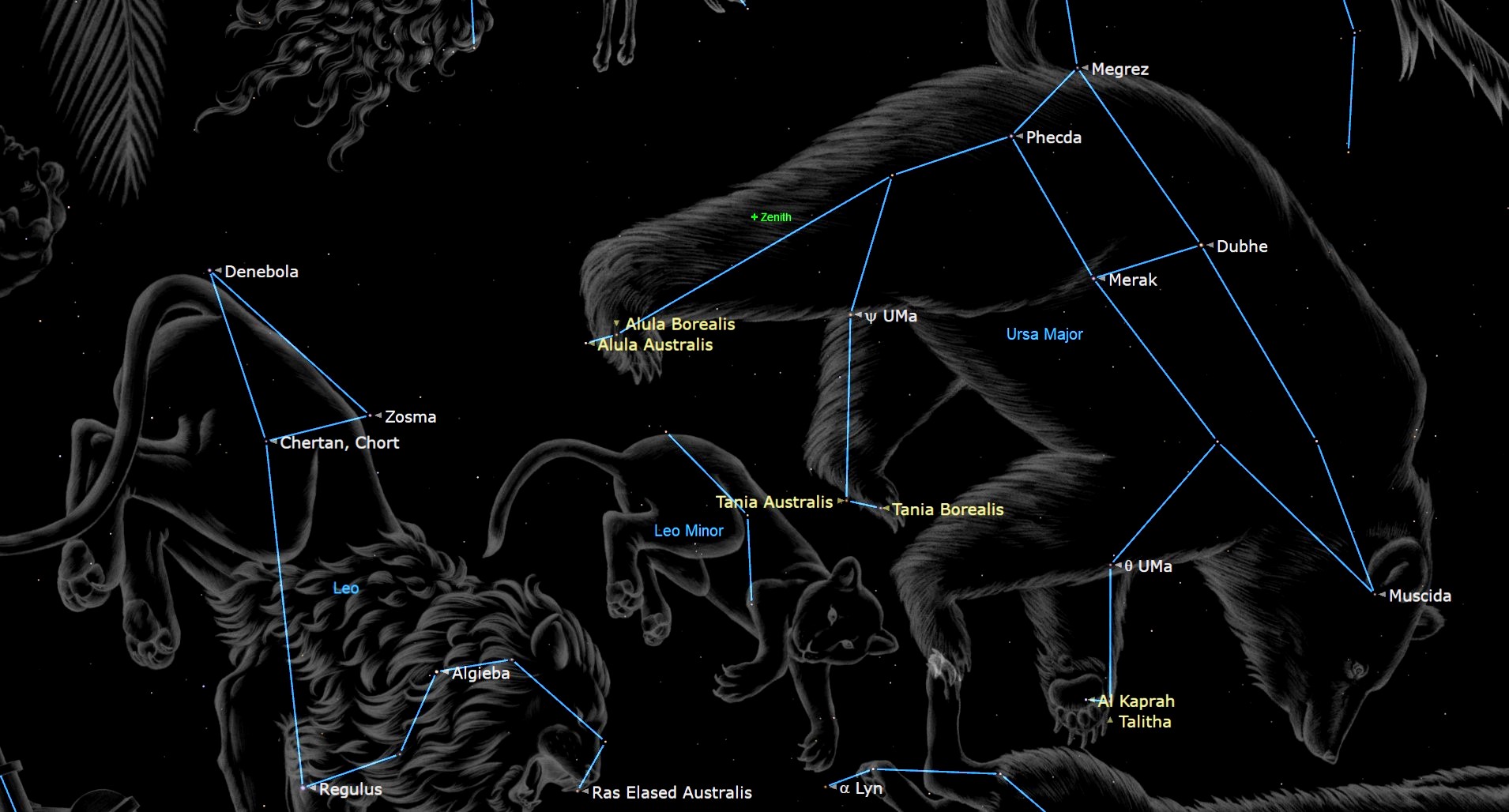Wild Interstellar Flight System Is Among 22 Futuristic Ideas NASA Just Funded

NASA has funded 22 technology concepts that could spur giant leaps in space science and exploration down the road.
The potentially transformative space-tech ideas — which received money from the NASA Innovative Advanced Concepts (NIAC) program — include creating a linear (as opposed to rotation-based) artificial-gravity system; bioengineering microbes to prepare Martian soil for farming; and harnessing temporary variations in objects' masses to power interstellar spacecraft, without the need for any propellant.
"The NIAC program engages researchers and innovators in the scientific and engineering communities, including agency civil servants," Steve Jurczyk, associate administrator of NASA's Space Technology Mission Directorate, said in a statement. "The program gives fellows the opportunity and funding to explore visionary aerospace concepts that we appraise and potentially fold into our early-stage technology portfolio." [Gallery: Visions of Interstellar Starship Travel]
Fifteen of the 22 concepts received NIAC Phase 1 grants, which provide about $125,000 for nine months' worth of initial definition and analysis work. Here are the 15 Phase 1 projects and their principal investigators:
- A Synthetic Biology Architecture to Detoxify and Enrich Mars Soil for Agriculture: Adam Arkin, University of California, Berkeley. Arkin and his team aim to use bioengineered Earth microbes to help grow crops on the Red Planet.
- A Breakthrough Propulsion Architecture for Interstellar Precursor Missions: John Brophy, NASA's Jet Propulsion Laboratory (JPL) in Pasadena, California. This idea would use powerful lasers to illuminate solar panels on voyaging spacecraft, allowing these probes' ion-propulsion systems to be much lighter and more efficient (and enabling the vehicles to travel much faster).
- Evacuated Airship for Mars Missions: John-Paul Clarke, Georgia Institute of Technology in Atlanta. If this idea pans out, "vacuum airships" (which achieve lift not by relying on helium or hydrogen, but by maintaining an air-displacing interior vacuum) will someday be plying the Martian skies.
- Mach Effects for In-Space Propulsion: Interstellar Mission: Heidi Fearn, Space Studies Institute in Mojave, California. According to this idea, interstellar spacecraft could be powered solely by Mach effects, the transient variations in the rest masses of objects that are accelerating and undergoing internal energy changes.
- Pluto Hop, Skip, and Jump: Benjamin Goldman, Global Aerospace Corp. in Irwindale, California. This proposed spacecraft could hop around the surface of Pluto, exploring multiple sites up close over the course of a multiyear mission.
- Turbolift: Jason Gruber, Innovative Medical Solutions Group in Tampa, Florida. The Turbolift system would induce artificial gravity for voyaging astronauts by accelerating them in a linear fashion (back and forth), rather than by rotating them around a central point.
- Phobos L1 Operational Tether Experiment: Kevin Kempton, NASA's Langley Research Center in Hampton, Virginia. A small probe would hover just above the surface of the Mars moon Phobos, studying it up close. This "hovercraft" would be attached by a tether to another spacecraft positioned at a gravitationally stable point just a few miles away.
- Gradient Field Imploding Liner Fusion Propulsion System: Michael LaPointe, NASA’s Marshall Space Flight Center in Huntsville, Alabama. This project envisions an innovative way to potentially make fusion power for ultrafast space travel feasible.
- Massively Expanded NEA Accessibility via Microwave-Sintered Aerobrakes: John Lewis, Deep Space Industries Inc., in Moffett Field, California. This idea explores the possibility of manufacturing heat shields from asteroid material in space — an advance that would allow the low-cost capture of space resources into Earth orbit.
- Dismantling Rubble-Pile Asteroids with Area-of-Effect Soft-bots: Jay McMahon, University of Colorado, Boulder. Soft, pancake-shaped robotic spacecraft could improve the ability of future missions to extract water and other resources from asteroids, according to this concept. [How Asteroid Mining Could Work (Infographic)]
- Continuous Electrode Inertial Electrostatic Confinement Fusion: Raymond Sedwick, University of Maryland, College Park. This concept presents another possible way to achieve fusion-powered spaceflight.
- Sutter: Breakthrough Telescope Innovation for Asteroid Survey Missions to Start a Gold Rush in Space: Joel Sercel, TransAstra in Lake View Terrace, California. This idea calls for launching three asteroid-hunting cubesats into orbit around the sun; the trio could find and track many space rocks for possible future resource extraction, Sercel wrote in his proposal.
- Direct Multipixel Imaging and Spectroscopy of an Exoplanet with a Solar Gravity Lens Mission: Slava Turyshev, JPL. This study will investigate using the sun as a "gravity lens" to magnify, and directly image, alien planets.
- Solar Surfing: Robert Youngquist, NASA's Kennedy Space Center in Florida. Youngquist and his team aim to develop a super-reflective material that could allow a future spacecraft to get within just 430,000 miles (690,000 kilometers) of the sun's surface — far closer than any probe has ever gotten — without burning up.
- A Direct Probe of Dark Energy Interactions with a Solar System Laboratory: Nan Yu, JPL. Researchers hope to launch spacecraft to hunt for direct evidence of mysterious dark energy, the force thought to be responsible for the universe's accelerating expansion.
The other seven concepts received NIAC Phase 2 grants, which are worth up to $500,000 for two years of additional development. (All Phase 2 fellows have previously been awarded a Phase 1 grant.) Here are the seven Phase 2 awardees:
- Venus Interior Probe Using In-situ Power and Propulsion: Ratnakumar Bugga, JPL. This balloon-based robotic exploration system would cruise through Venus' atmosphere at both high and low altitudes.
- Remote Laser Evaporative Molecular Absorption Spectroscopy Sensor System: Gary Hughes, California Polytechnic State University in San Luis Obispo. This idea explores the possibility of using a high-powered laser to study the composition of asteroids, comets, moons and planets from orbit.
- Brane Craft Phase II: Siegfried Janson, The Aerospace Corporation in El Segundo, California. "Brane" is short for "membrane," a nod to the two-dimensional nature of this proposed solar-powered spacecraft, which could be used to help clean up orbital debris.
- Stellar Echo Imaging of Exoplanets: Chris Mann, Nanohmics Inc., Austin, Texas. This study will investigate how to image alien planets by studying the "echos" produced when they're hit by naturally fluctuating radiation from their parent stars.
- Automaton Rover for Extreme Environments: Jonathan Sauder, JPL. Sauder and his colleagues aim to design an ultrarobust rover that can withstand the extreme conditions on Venus, Mercury and other worlds for extended periods of time.
- Optical Mining of Asteroids, Moons, and Planets to Enable Sustainable Human Exploration and Space Industrialization: Joel Sercel, TransAstra Corp. This approach would wrap asteroids up in a bag and then blast them with concentrated sunlight to evaporate off (and collect) water and other resources.
- Fusion-Enabled Pluto Orbiter and Lander: Stephanie Thomas, Princeton Satellite Systems Inc., in Plainsboro, New Jersey. The "direct fusion drive" envisioned by Thomas and her colleagues would provide greatly increased propulsion and power capabilities, potentially enabling an orbiter-lander mission to Pluto and many other interplanetary efforts.
"Phase 2 studies can accomplish a great deal in their two years with NIAC. It is always wonderful to see how our Fellows plan to excel," NIAC program executive Jason Derleth said in the same statement. "The 2017 NIAC Phase 2 studies are exciting, and it is wonderful to be able to welcome these innovators back in to the program. Hopefully, they will all go on to do what NIAC does best — change the possible."
You can read more about each of the 22 newly funded space-tech concepts on the NIAC site here.
Get the Space.com Newsletter
Breaking space news, the latest updates on rocket launches, skywatching events and more!
Follow Mike Wall on Twitter @michaeldwall and Google+. Follow us @Spacedotcom, Facebook or Google+. Originally published on Space.com.
Join our Space Forums to keep talking space on the latest missions, night sky and more! And if you have a news tip, correction or comment, let us know at: community@space.com.

Michael Wall is a Senior Space Writer with Space.com and joined the team in 2010. He primarily covers exoplanets, spaceflight and military space, but has been known to dabble in the space art beat. His book about the search for alien life, "Out There," was published on Nov. 13, 2018. Before becoming a science writer, Michael worked as a herpetologist and wildlife biologist. He has a Ph.D. in evolutionary biology from the University of Sydney, Australia, a bachelor's degree from the University of Arizona, and a graduate certificate in science writing from the University of California, Santa Cruz. To find out what his latest project is, you can follow Michael on Twitter.
